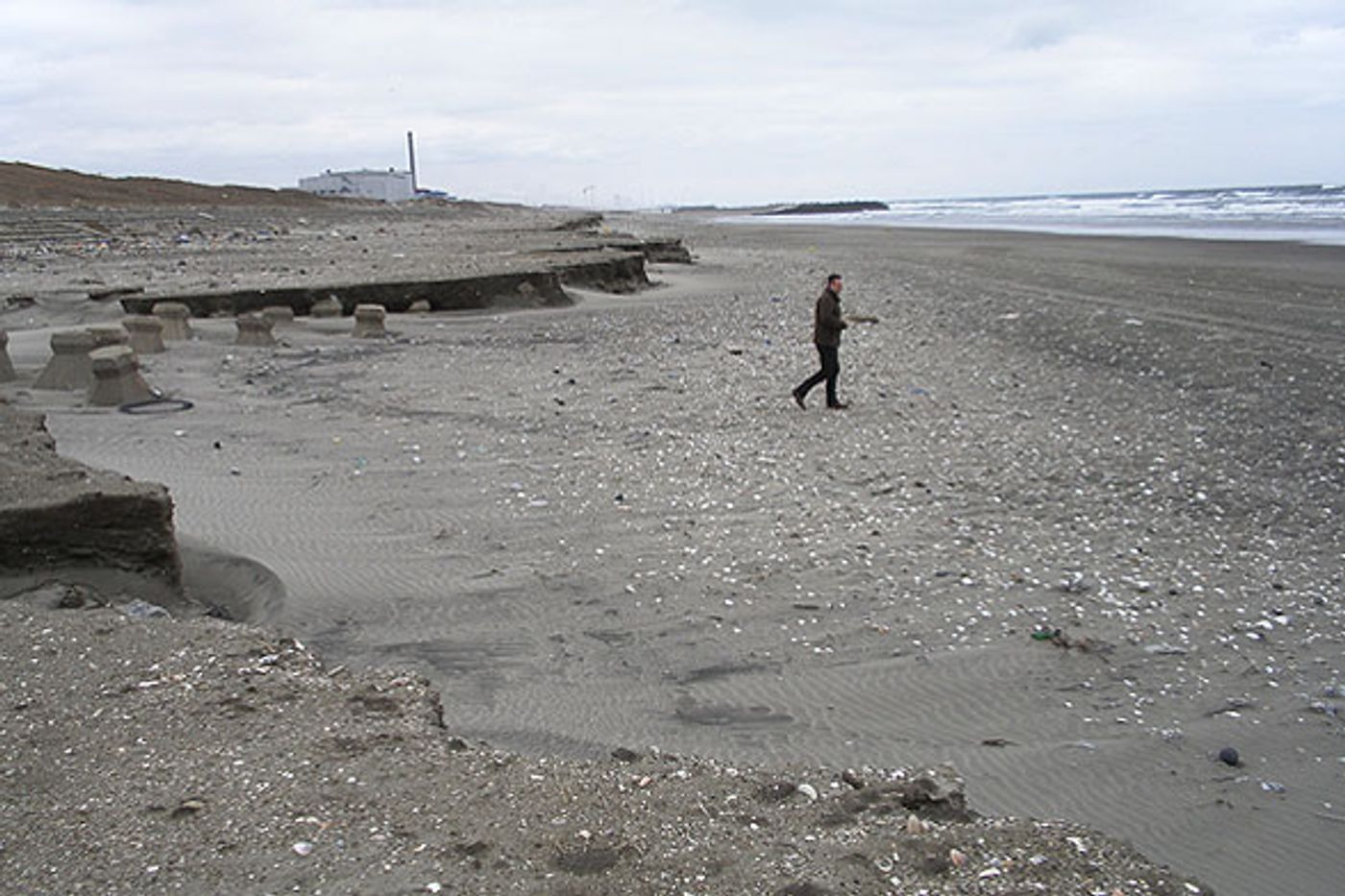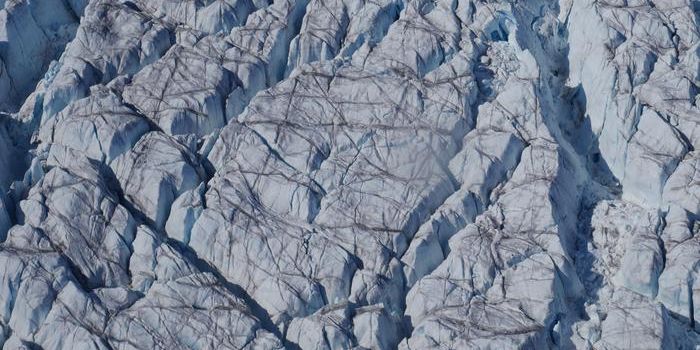Where will Japan's coastlines go?
Climate change driven sea level rise (SLR) is affecting and will continue to affect coastlines around the world. Due to dire SLR projections from various scenarios of temperature rise, many cities and nations are urgently undertaking more specific investigations in order to prepare for how SLR will impact their residents. Japan, an island where most of the habitable land is on its coastlines, is one such country.
In a recently released study published in the Coastal Engineering Journal, team Keiko Udo and Yuriko Takeda aimed to understand how erosion will impact beach loss in Japan. The results from the study predict beach losses due to projected SLR in 77 coastal zones throughout Japan. The scientists used a reference period from 1986 to 2005 to model the future, from 2081 to 2100. They took into consideration differences in SLR projections and sediment sizes in their methodology.
The specific analysis showed the beach loss rate could be as high as 79% in Japan’s future, although the number ranges down to 18% as well. These numbers range so drastically due to the abundant uncertainties that climate change poses. Factors involved include erosional processes such as reduced sediment supply, changes in the intensity and frequency of extreme storms, and changes in sea levels and in the wave climate explains World Scientific.
Indeed, the numbers from a different study released by Climate Central show a frightening reality for Japan. According to the report, under a scenario of 4 degrees Celsius increase in temperature, 34 million people in Japan live in future seascapes. Even just 2 degrees Celsius would put 18 million homes underwater. The countries’ largest cities, Tokyo and Osaka would both be greatly affected. Thirty percent of Tokyo’s 7.5 million residents and 38% of Osaka’s 6.2 million would be impacted by SLR and beach loss. Because of this, the authors state emphatically the need to develop coastal management strategies that can help prevent beach loss.
Sources: World Scientific, Japan Times, Earth










